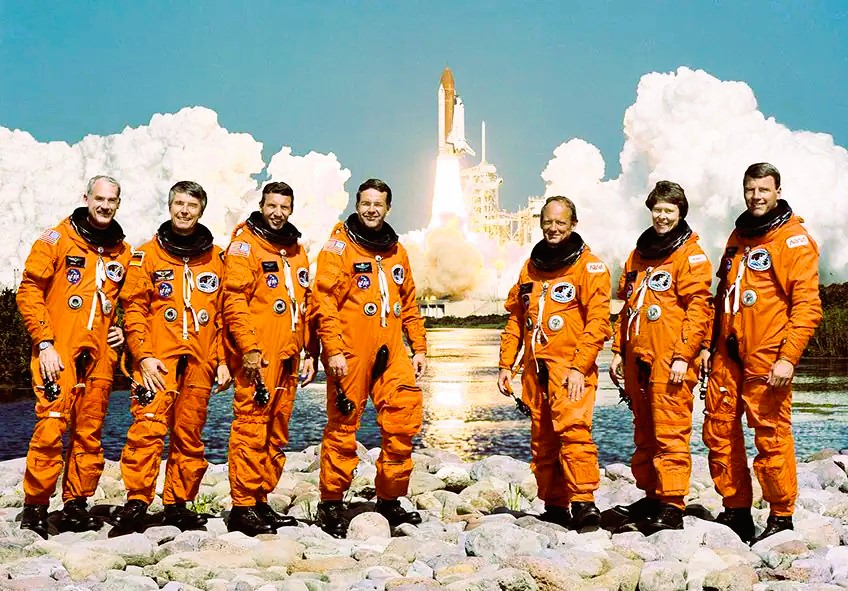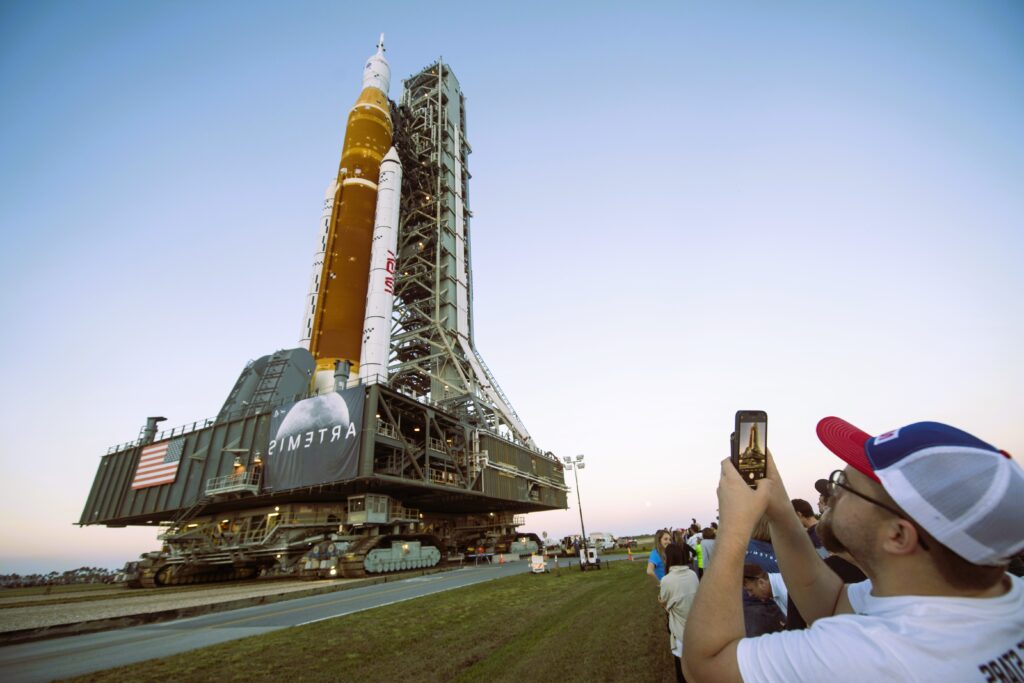Canada, known for its vast landscapes and natural beauty, is also making a significant mark in the realm of space exploration. From groundbreaking technologies to crucial collaborations with international space agencies, Canada has emerged as a key player in unlocking the mysteries of the cosmos. This article delves into the various facets of Canada’s contributions to space exploration, showcasing the nation’s dedication to pushing the boundaries of human knowledge and exploration.
Introduction
Canada’s journey into space exploration began with its commitment to international collaborations and a strong emphasis on innovation. Over the years, Canadian scientists, engineers, and astronauts have played pivotal roles in various space missions, earning the country a respected position in the global space community.
The Canadarm Legacy
One of Canada’s most iconic contributions to space exploration is the Canadarm, a robotic arm developed by the Canadian Space Agency (CSA). First deployed on the Space Shuttle in 1981, the Canadarm became instrumental in manipulating payloads in space. Its success led to the development of more advanced versions, such as Canadarm2 and Dextre, which are integral components of the International Space Station (ISS). The Canadarm legacy showcases Canada’s early commitment to space innovation and technology.
For a comprehensive overview of Canada’s space initiatives, visit Wikipedia.
Contribution to the International Space Station (ISS)

Canada has been a key partner in the development and operation of the ISS, a multinational collaborative project involving space agencies from the United States, Russia, Europe, Japan, and Canada. The Canadarm2, a larger and more advanced robotic system, is a vital component of the ISS. It plays a crucial role in maintenance, assembly, and support tasks, showcasing Canada’s ongoing commitment to international space endeavors.
Radarsat Constellation Mission: Earth Observation from Space
Canada’s involvement in space extends beyond the cosmos to the Earth itself. The Radarsat Constellation Mission (RCM) is a testament to Canada’s dedication to Earth observation from space. Consisting of three Earth-observation satellites, the RCM provides valuable data on environmental monitoring, disaster management, and resource management. This mission highlights Canada’s commitment to leveraging space technologies for the benefit of life on Earth. Read the auditor’s report that special care homes in Saskatoon do not meet performance indicators.
Canada’s Astronauts: Pioneering Human Space Exploration
Canadian astronauts have left an indelible mark on the history of human space exploration. Chris Hadfield, the first Canadian to command the ISS, captured the world’s imagination with his social media presence and musical performances in microgravity. Julie Payette, another distinguished Canadian astronaut, became the second Canadian to command the ISS and later served as the Governor General of Canada. These individuals exemplify Canada’s commitment to pushing the boundaries of human exploration in space.
Innovation in Space Robotics
Canada’s expertise in space robotics goes beyond the Canadarm. The country continues to innovate in this field, with the development of cutting-edge technologies such as the next-generation robotic system Canadarm3. Planned for deployment on NASA’s Lunar Gateway, Canadarm3 will play a crucial role in supporting lunar exploration. Canada’s advancements in space robotics underscore its commitment to shaping the future of space exploration.
Canadian Space Agency’s Lunar Exploration Plans
Canada is gearing up for the next frontier in space exploration: the Moon. The Canadian Space Agency has announced plans to contribute to lunar exploration through its Lunar Exploration Accelerator Program. Canada aims to develop technologies that will enable sustainable lunar missions, including robotic and artificial intelligence applications. This ambitious program positions Canada as a key player in humanity’s return to the Moon.
Commercial Partnerships and the New Space Economy
Canada’s involvement in space exploration extends to the burgeoning new space economy. Canadian companies are actively participating in commercial space ventures, from satellite manufacturing to space tourism. These partnerships not only contribute to the economic growth of the space sector but also position Canada as a hub for innovative space technologies.
Educational Initiatives: Inspiring the Next Generation

Recognizing the importance of inspiring future generations, Canada invests in educational initiatives related to space exploration. Programs like the Junior Astronauts campaign engage Canadian students in science, technology, engineering, and mathematics (STEM) fields, fostering a passion for space and exploration among the youth.
Challenges and Future Aspirations
While Canada has achieved significant milestones in space exploration, challenges persist. Securing sustained funding, addressing technological complexities, and navigating international collaborations require ongoing attention. Nevertheless, Canada’s aspirations for the future of space exploration remain high, with plans to contribute to lunar missions, Mars exploration, and advancements in space technologies.
Conclusion: A Stellar Legacy and Future Endeavors
Canada’s contribution to space exploration reflects a rich history of innovation, collaboration, and a commitment to pushing the boundaries of human knowledge. From the Canadarm to lunar exploration plans, Canada’s space endeavors showcase a nation at the forefront of global space exploration efforts.
As Canada continues to explore the unknown, its achievements in space serve as a source of national pride and inspiration for the global community. By maintaining a steadfast commitment to technological innovation, international collaboration, and educational outreach, Canada is poised to play an even more significant role in shaping the future of space exploration.
